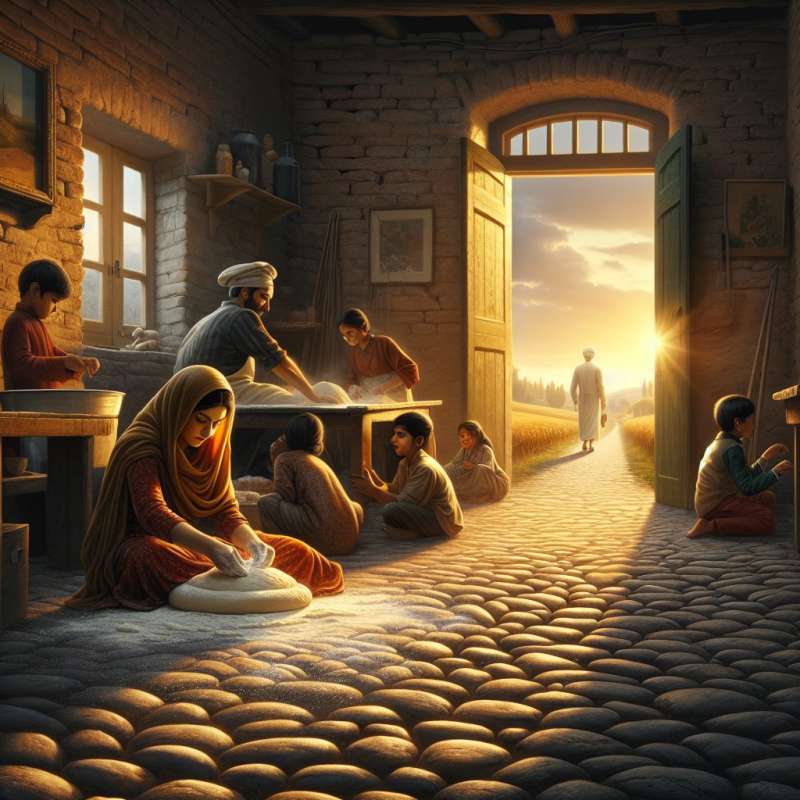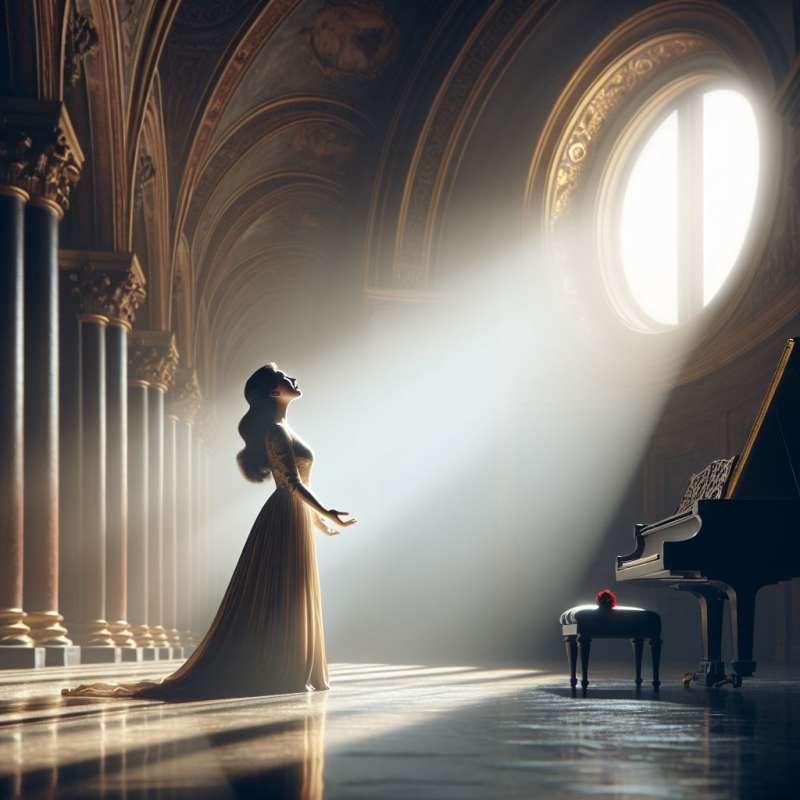
Origins of Verismo
Verismo, born in Italy late-1800s, emphasized realism, depicting everyday life and the struggles of ordinary people. It was a stark contrast to the Romantic era's escapism and the idealized narratives common in earlier operatic traditions.
Bel Canto Explained
Bel Canto, translating to 'beautiful singing,' thrived in early 19th-century Italy. It focuses on vocal technique, purity of tone, and agility. Operas showcase the human voice, prioritizing melodic lines over dramatic content.
Verismo's Musical Traits
Verismo operas feature passionate, often violent dramas with intense vocal expressions. The music closely follows the inflections of the Italian language, with a more direct, less ornamented vocal line than Bel Canto.
Bel Canto's Vocal Priorities
In Bel Canto, the voice reigns supreme; composers like Bellini and Donizetti wrote elaborate, florid melodies designed to showcase a singer's range and breath control, often sacrificing dramatic realism for vocal beauty.
Notable Verismo Composers
Pietro Mascagni's 'Cavalleria Rusticana' and Ruggero Leoncavallo's 'Pagliacci' are prime examples of Verismo. They brought the lives of peasants and clowns onto the grand stage, a radical shift from noble or mythical figures.
Transition to Verismo
The shift from Bel Canto to Verismo reflected societal changes. Industrialization, urbanization, and the rise of a literate middle class demanded art that mirrored real-life experiences and emotions, moving away from the aristocratic tastes.
Verismo's Legacy Today
Verismo's influence persists in contemporary media. Its focus on gritty realism can be seen in modern TV and film, which often delve into the darker aspects of human experience, mirroring the Verismo opera's penchant for raw, emotional storytelling.
What does 'Verismo' emphasize in opera?
Idealized romantic narratives
Realism and ordinary struggles
Mythical figure depictions
Company